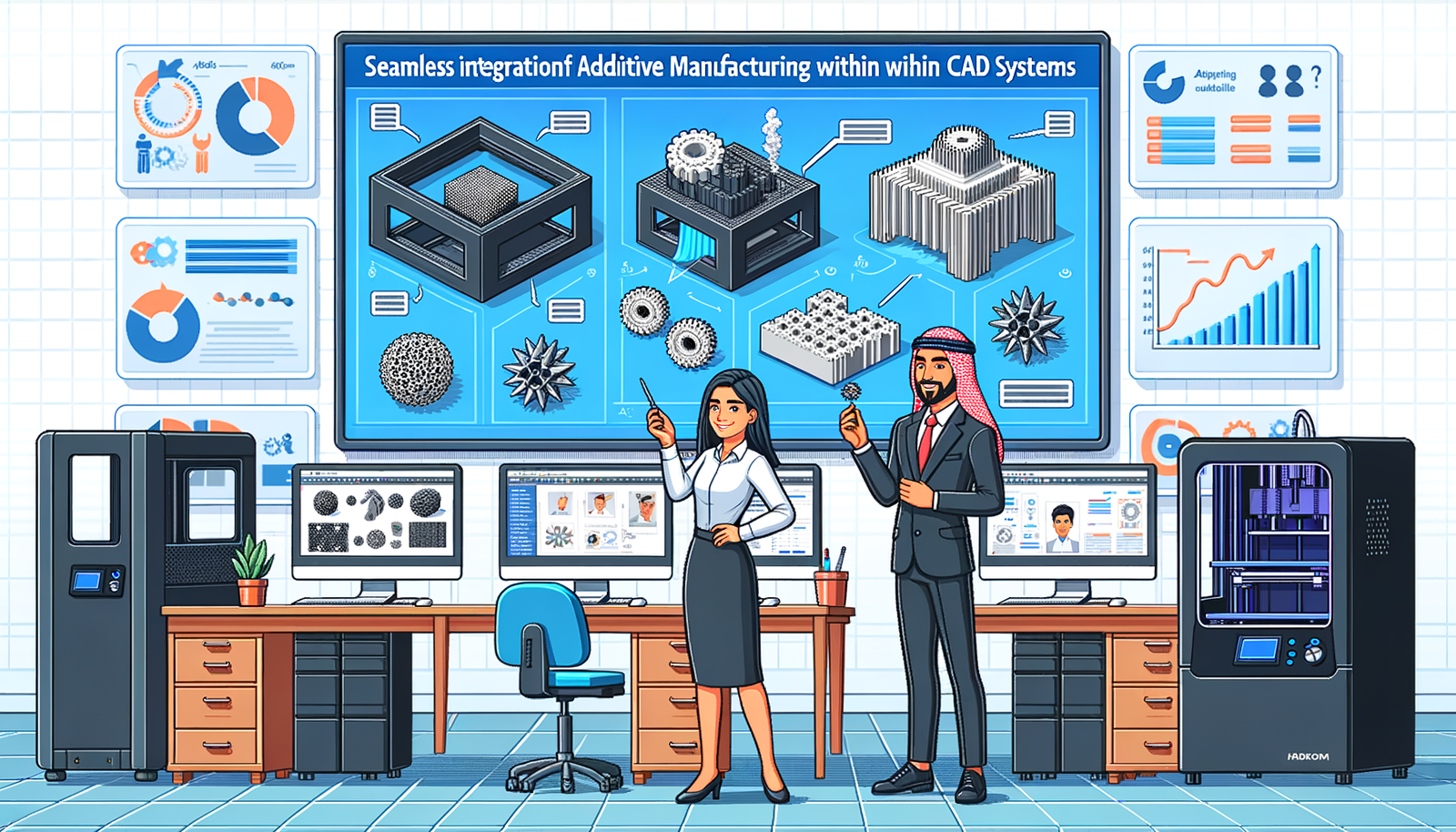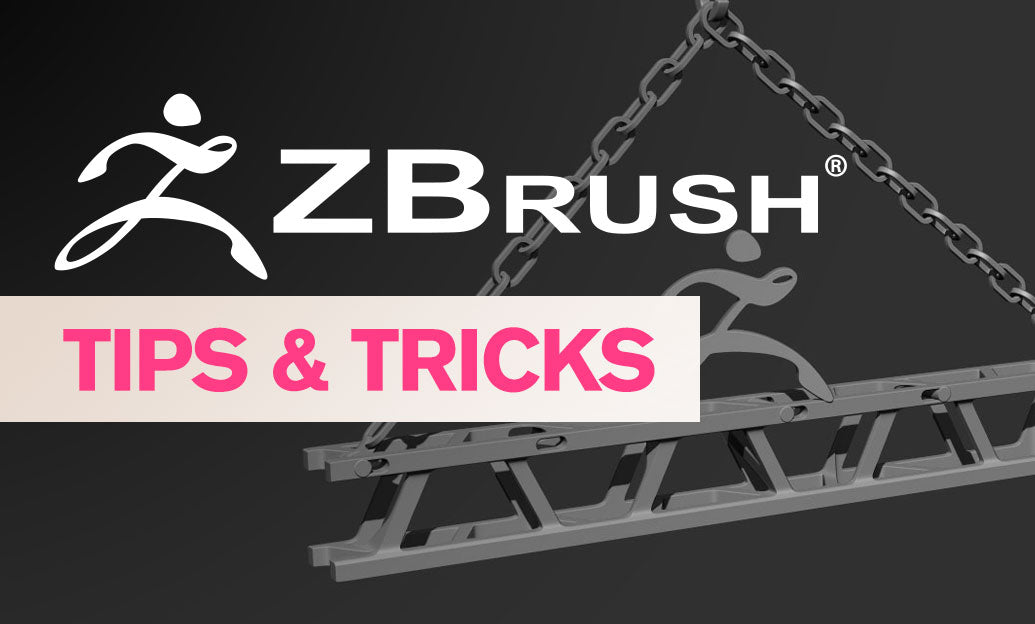Your Cart is Empty
Customer Testimonials
-
"Great customer service. The folks at Novedge were super helpful in navigating a somewhat complicated order including software upgrades and serial numbers in various stages of inactivity. They were friendly and helpful throughout the process.."
Ruben Ruckmark
"Quick & very helpful. We have been using Novedge for years and are very happy with their quick service when we need to make a purchase and excellent support resolving any issues."
Will Woodson
"Scott is the best. He reminds me about subscriptions dates, guides me in the correct direction for updates. He always responds promptly to me. He is literally the reason I continue to work with Novedge and will do so in the future."
Edward Mchugh
"Calvin Lok is “the man”. After my purchase of Sketchup 2021, he called me and provided step-by-step instructions to ease me through difficulties I was having with the setup of my new software."
Mike Borzage
Harnessing Automation in Design Software: Elevating Efficiency and Innovation through Scripting and Macros
October 22, 2024 8 min read


Definition and Importance
Automation in design software refers to the integration of tools and processes that enable designers to perform tasks with minimal manual intervention. This encompasses the use of scripts and macros, which are predefined sequences of commands that the software executes automatically. The primary purpose of automation is to streamline the design workflow by reducing the time spent on repetitive or complex tasks. By automating these processes, designers can focus more on the creative and analytical aspects of their work rather than on routine operations. The significance of automation in design lies in its ability to improve efficiency, enhance productivity, and increase the overall quality of design outputs. It minimizes the potential for human error, ensures consistency across projects, and allows for the quick adaptation of designs to meet specific requirements. In a competitive industry where time and precision are critical, leveraging automation tools is essential for organizations aiming to stay ahead. Automation not only accelerates project timelines but also enables teams to handle larger workloads without compromising on quality. As design projects become more complex, the importance of integrating automation into workflows continues to grow, making it a fundamental component of modern design practices.
Historical Context
The evolution of automation in design software has been a transformative journey that mirrors the advancements in computing technology. In the early days of computer-aided design (CAD), automation was limited to basic functions such as simple repeat commands and rudimentary macros. Designers relied heavily on manual input, and the software offered minimal support for automating tasks. As programming languages evolved and software capabilities expanded, more sophisticated forms of automation emerged. The introduction of scripting languages specific to design software allowed for greater customization and control. Tools like AutoLISP for AutoCAD in the 1980s and 1990s enabled users to write scripts that could automate complex sequences of commands. Over time, the integration of mainstream programming languages such as Python and JavaScript into design software opened new horizons for automation. These languages offered robust features, extensive libraries, and better performance, allowing for the creation of advanced scripts and applications within the design environment. Today's design software comes equipped with powerful automation capabilities, including graphical scripting interfaces, APIs, and support for machine learning algorithms. These advancements have revolutionized the way designers work, enabling the automation of intricate tasks that were once thought to require human intervention. The historical progression from basic macros to sophisticated scripts reflects the continuous pursuit of efficiency and innovation in the design industry. In essence, the evolution of automation tools in design software has transitioned from facilitating simple repetitions to enabling intelligent, responsive, and adaptive design processes.
Scripting
Scripting in design software involves writing code in a specific programming language to automate tasks, customize functionalities, or extend the capabilities of the software. It allows designers to create bespoke solutions tailored to their unique workflow requirements. Common scripting languages used in design software include Python, JavaScript, and proprietary languages like AutoLISP. Python is widely favored due to its readability, extensive libraries, and strong community support. JavaScript is also prevalent, especially in web-based design applications. Scripting enables users to automate complex sequences of actions, perform batch operations, and even develop new tools within the software. The advantages of scripting are manifold. It provides unparalleled flexibility, allowing designers to automate virtually any task that can be performed manually. Scripting can reduce hours of manual work to mere seconds, significantly increasing efficiency. It also enhances precision by eliminating the inconsistencies associated with manual input. Additionally, scripting can facilitate integration with other software systems and data sources, enabling seamless workflows across different platforms. For designers looking to push the boundaries of what their software can do, scripting offers a powerful avenue to innovate and optimize their processes.
Macros
Macros are sequences of recorded actions that can be replayed to automate repetitive tasks within design software. Unlike scripting, which requires writing code, macros are typically created by recording user actions as they are performed in the software. This makes macros accessible to users without programming experience. Macros are ideal for automating routine tasks such as formatting, repetitive drawing adjustments, or applying consistent styles across a project. For example, a macro can be used to apply a specific set of properties to multiple objects, generate standard annotations, or perform a series of transformations. The use of macros enhances productivity by saving time and reducing the tedium associated with repetitive work. It also ensures consistency, as the same set of actions is applied uniformly across the project. While macros may offer less flexibility compared to scripting, they provide a user-friendly way to implement automation in everyday design tasks. They serve as a stepping stone for users to become familiar with automation concepts, potentially leading them to explore more advanced scripting techniques in the future.
Real-World Applications
In practical settings, scripting and macros are employed extensively to optimize design workflows. For instance, architects might use scripts to generate complex parametric models that would be time-consuming to create manually. Engineers may develop scripts to analyze design data, perform calculations, or validate models against industry standards. In product design, macros can automate the creation of parts lists, assembly instructions, or simulation setups. The benefits realized from these applications include significant time savings, as tasks that once took hours can be completed in minutes. Additionally, there is a notable reduction in errors, as automation ensures tasks are performed consistently and accurately. Automation also enables the handling of more complex projects by freeing up human resources to focus on problem-solving and innovation. By integrating automation into their workflows, design professionals can improve collaboration, streamline project management, and ultimately deliver higher-quality results more efficiently.
Choosing the Right Tool
Selecting appropriate design software with automation capabilities is a critical step in implementing efficient workflows. When choosing a tool, considerations should include the software's support for scripting languages, the availability of documentation and community resources, and the compatibility with existing systems. Popular design software like Autodesk's AutoCAD and Revit, Dassault Systèmes' SOLIDWORKS, and Blender all offer robust scripting and macro features. For example, AutoCAD supports AutoLISP and VBA, while Blender utilizes Python extensively. Comparing these tools involves evaluating the ease of use of their automation features, the power and flexibility of their scripting capabilities, and how well they integrate with other applications. It is also important to assess the learning curve associated with the software's automation tools and whether they align with the team's skill set. By carefully selecting software that meets these criteria, organizations can maximize the benefits of automation and ensure a smoother implementation process.
Developing Automations
Getting started with automation involves learning the basics of scripting and macro creation. For beginners, it is advisable to start with simple macros to automate straightforward tasks. As confidence grows, they can progress to writing scripts to handle more complex operations. Here are some tips for beginners:
- Start Small: Begin with simple automation tasks to build understanding and confidence.
- Utilize Resources: Take advantage of tutorials, official documentation, and online forums dedicated to your chosen software.
Testing and Maintenance
The importance of testing automated workflows cannot be overstated. Rigorous testing ensures that scripts and macros function as intended and do not introduce errors into the design process. Strategies for testing include running automations on sample data, validating outputs, and conducting peer reviews. Regular maintenance is also crucial, as software updates or changes in project requirements may affect automation tools. Establishing documentation for each script or macro, including its purpose and how it operates, can facilitate easier updates and troubleshooting. Maintaining a version control system, such as Git, can help track changes and revert to previous versions if necessary. By prioritizing testing and maintenance, organizations can ensure that their automation tools remain reliable and effective over time.
Emerging Trends
The future of automation in design software is being shaped by advancements in artificial intelligence (AI) and machine learning (ML). These technologies are enhancing automation capabilities by enabling software to learn from data and improve over time. AI-driven design tools can generate design options based on specified parameters, optimize designs for performance, or predict potential issues before they arise. Machine learning algorithms can automate complex analyses, such as structural simulations or material optimizations, that were previously time-intensive. Emerging trends also include the integration of automation tools into cloud-based platforms, allowing for greater collaboration and accessibility. Predictive design, generative design, and the use of AI assistants are set to revolutionize how designers interact with software, making automation more intuitive and powerful. As these technologies continue to evolve, automation will become increasingly embedded in all aspects of the design process, driving innovation and efficiency to new heights.
Challenges and Considerations
While automation offers numerous benefits, there are challenges to consider when integrating it into design workflows. Software compatibility issues may arise, especially when working with legacy systems or when team members use different tools. The learning curve associated with scripting and automation can be steep, requiring time and resources for training. Over-reliance on automation may also lead to a lack of understanding of underlying design principles among team members. To address these challenges, it is important to ensure that all team members are supportive and skilled in automated processes. This can be achieved through regular training sessions, workshops, and encouraging a culture of continuous learning. Additionally, organizations should establish clear guidelines on when and how to use automation, emphasizing the importance of maintaining core design skills alongside automated tools. By proactively managing these considerations, teams can fully leverage the advantages of automation while mitigating potential drawbacks.
Summarizing the Importance of Automation
Implementing scripting and macros in design workflows offers substantial advantages that can transform the way design professionals operate. Automation enhances efficiency by reducing the time spent on repetitive and complex tasks, allowing designers to focus on innovation and creativity. It improves accuracy and consistency across projects, minimizing errors and ensuring high-quality outputs. By streamlining processes, automation contributes to faster project completion and better resource allocation. Organizations that embrace automation position themselves to be more competitive, agile, and capable of handling complex design challenges. The significance of automation extends beyond mere productivity gains; it fundamentally elevates the capabilities of design teams and the quality of their work.
Encouragement for Adoption
Design professionals are encouraged to explore and adopt automation tools to enhance their productivity and stay competitive in the industry. Embracing automation is not just about keeping up with technological advancements; it is about seizing opportunities to innovate and improve. By integrating scripting and macros into their workflows, designers can unlock new potentials and efficiencies. The initial investment in learning and development pays dividends in the form of time savings, improved quality, and greater satisfaction in one's work. As the industry continues to evolve, those who proactively adopt automation will lead the way in setting new standards of excellence.
Call to Action
Now is the time to take the first steps toward integrating automation into your design practice. Experiment with scripting and macros to discover how they can benefit your workflows. Leverage the abundance of resources available, from online tutorials to community forums, to enhance your understanding and skills. Share your experiences and insights with the design community to contribute to a collective advancement in the field. By actively engaging with automation technologies, you not only improve your own capabilities but also help shape the future of design. Embrace the possibilities that automation offers, and be a part of the movement toward more innovative and efficient design solutions.
Also in Design News

Seamless Integration of Additive Manufacturing Within CAD Systems: Enhancing Design Flexibility and Workflow Efficiency
November 24, 2024 8 min read
Read More
Design Software History: Bi-directional Associativity: Revolutionizing CAD with Seamless Synchronization and Parametric Modeling
November 24, 2024 4 min read
Read More
ZBrush Tip: Enhance Your Sculpting with Advanced ZBrush Brush Customization Techniques
November 23, 2024 2 min read
Read MoreSubscribe
Sign up to get the latest on sales, new releases and more …


